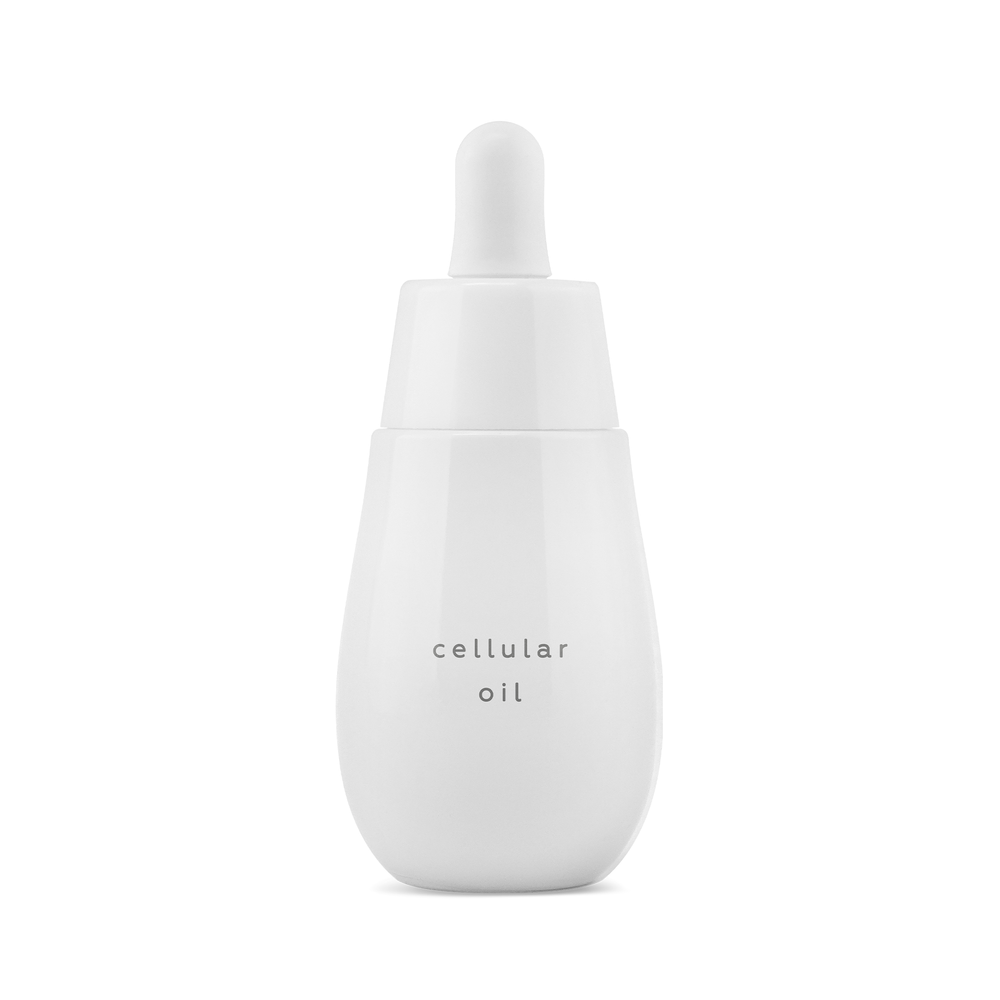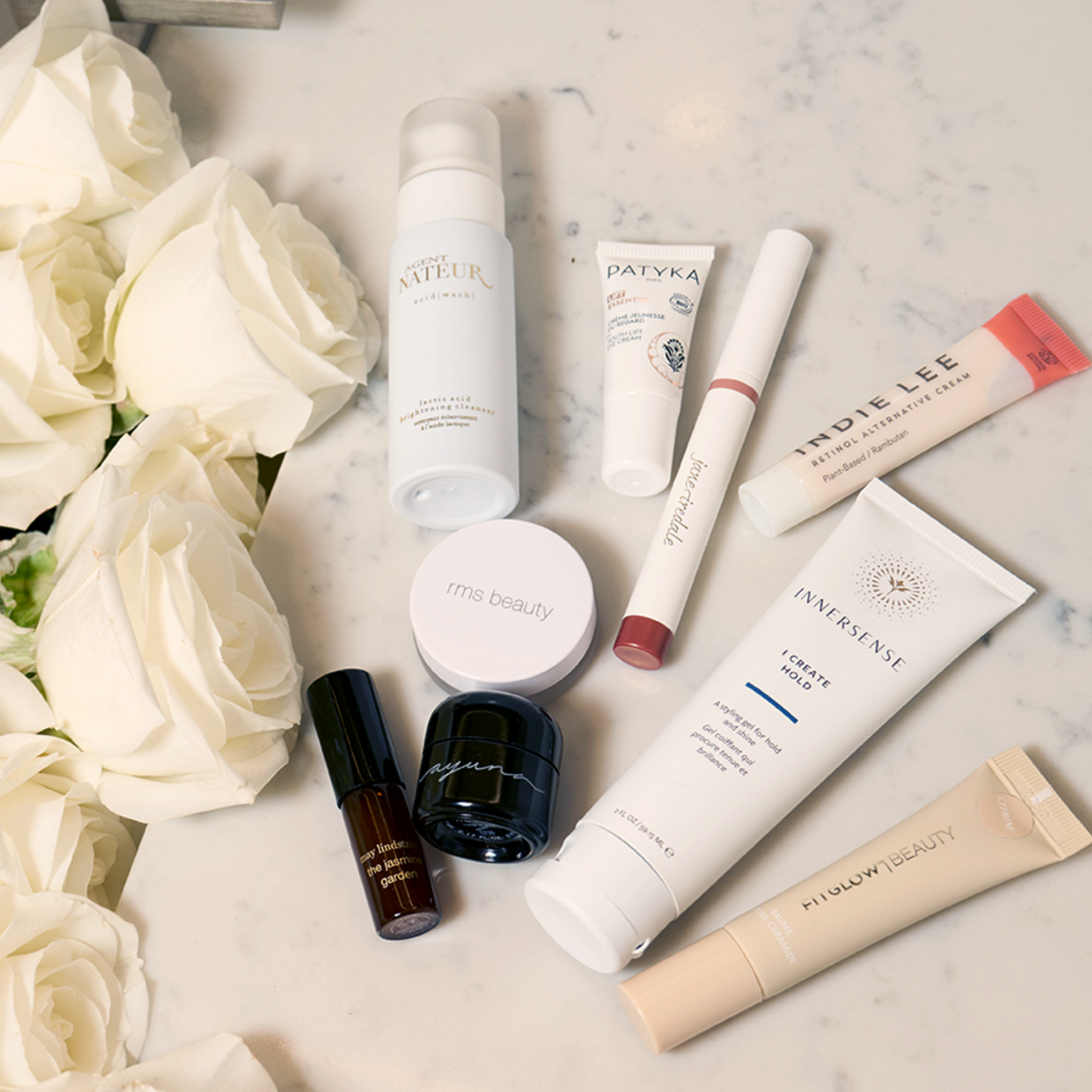Everything to Know About Exosomes In Skincare

Exosomes are the hottest topic in regenerative aesthetics and a top searched skincare bioactive but more than that they are a great example of how some of the best ingredients are harnessed from nature. Whether in a chair getting treatments or searching for a new obsession-worthy serum, we’ve compiled a list of everything you need to know about exosomes.
What are Exosomes in Skincare (and what do they do)
The field of regenerative dermatology is relatively new and skincare has consistently been a valuable piece of the puzzle in solving how we can stay healthy and look younger for longer. Exosomes, along with stem cells, peptides, growth factors, and mRNA, are one of the primary forms of ammunition in the fight against aging.¹ Current research in exosomes includes both injectable exosomes and topical exosomes for anti-aging purposes, potential treatments for inflammatory skin conditions, and various other disease treatments including lung disease.²
A 2023 review from the Journal of Cosmetic Dermatology broke down all the science and published research on exosomes and their applications in the field of regenerative dermatology and aesthetics.²
Here’s everything you should know if you're considering integrating exosomes into your beauty routine:
Exosomes Are a Form of Extracellular Vesicle (EV) That Are Super Tiny and Very Chatty!
Okay they don’t talk like you and I talk but they do communicate! Exosomes are a form of extracellular vesicles (EV) called nanovesicles and can be 30-150 nm,² for reference a piece of paper is 100,000 nm thick! Before their discovery, they were actually considered extracellular garbage!¹ Now we know these teeny cells are the primary form of communication between different tissues within the human body.¹ They hold both instructions and material for recipient cells, almost like a recipe!¹
Not All Exosomes Are Equal
EV’s can be extracted from many types of cells but some are more potent than others.¹ Different types of cells produce different forms of EV’s (extracellular vesicles). For example we know that SC-EV’s, or stem cell derived exosomes, have anti-aging properties but UCB-MSCs, like those found in umbilical cord stem cells, can promote collagen synthesis.² To build on a prior metaphor, they don’t all like to talk about the same things!
Exosomes Have a Unique Ability to Absorb Even When Applied Topically, So They Really Work
One of the largest hurdles for bioactive skincare ingredients is absorption. Exosomes, unlike many other bioactives, have a unique ability to permeate the skin layer- meaning they can absorb topically.² A longitudinal study done by Mayo Clinic on patients using a 6 week trial of exosome skincare found statistically significant outcomes in reduced wrinkles, redness, improved luminosity, and skin tone evening.³ The treatment was also well tolerated by all skin types in the study making it a good potential ingredient for even sensitive skin types!³
The FDA Has Not Yet Cleared Injectable Exosome Therapy
Thinking this is the treatment you’ve been waiting for? Well let’s take a beat! Injectable Exosomes are ongoing source of research in dermatology and aesthetics and it is important to remember that the FDA also regulates safety and efficacy of treatments as well as purity of ingredients. So, a treatment can still be beneficial and work, prior to being cleared. However, one of the primary roles of the approval process is ensuring biologic actives, like exosomes, are always of a consistent potency so you see the same great benefits every time.
In the meantime, this means topical exosomes in skincare can be a great way to introduce your skin to the exciting, regenerating experience of exosomes!
What’s the Difference Between Exosomes and Stem Cells?
These words have both been buzzworthy so it’s important to understand the difference. A lot of regenerative skin care products feature various forms of stem cells and it’s important to know that stem cells and exosomes are not the same! Exosomes, unlike stem cells, cannot replicate and are more stable for long term storage.⁴ Stem cells do however, release exosomes so they can communicate with each other and often reflect “information” from their donor cell.⁴ They both have valid reasons and research for their respective uses in skincare.
Common Uses for Exosomes In Skin
Exosomes are being studied for a variety of diseases and treatments including but not limited to²:
-
Anti-aging
-
Skin therapy
-
Skin pathology and inflammatory diseases
-
Scalp treatments
-
Hair regrowth
-
Wound healing
-
Neck skin rejuvenation
How to Incorporate Exosomes Into Your Beauty Routine
Serums will always be the step in your routine doing most of the “work” whether that be anti-aging or dark spot correction. With a powerhouse like exosomes, this is no different. Plant stem cells can be a great budget-friendly way to achieve bioactive results without the instability and cost of other biocompatible forms.
What to Look for When Buying Exosomes for Skin?
Like all powerful bioactives, potency and purity are the biggest green flags when it comes to exploring exosome skincare options.
The Most Potent Serum for Skin
Ayuna Nectar is a unique bioactive and high performance serum that incorporates plant stem cells and rich botanical exosomes, 5 billion per jar to be exact! In addition to optimizing the skin’s microenvironment, these exosomes can help promote vitamin D synthesis even without direct sun exposure! You’ll see visibly plumper, firmer, and luminous complexions.
“Living stones”, a succulent with extreme resilience in the plant kingdom, are uniquely known for their adaptive nature due to their South African birth place.⁵ This plant’s ability to regulate hydration and capture light are second to none and they are a source of ongoing research in botanical skincare.
Budget-Friendly Exosomes Serum for Skin
Though not necessarily an exosome serum, Indie Lee Stem Cell Serum uses one of the most well-researched plant stem cell ingredients, Apple Stem Cells. With the addition of the niacinamide you can still reap the benefits of stronger, more hydrated and supple skin in a dewy, balanced formula.
Other Products with Stem Cells
References
- Taub AF. Regenerative topical skincare: stem cells and exosomes. Front Med (Lausanne). 2024;11:1443963. Published 2024 Oct 15. doi:10.3389/fmed.2024.1443963
- Olumesi KR, Goldberg DJ. A review of exosomes and their application in cutaneous medical aesthetics. J Cosmet Dermatol. 2023 Oct;22(10):2628-2634. doi: 10.1111/jocd.15930. Epub 2023 Jul 27. PMID: 37498301.
- Proffer SL, Paradise CR, DeGrazia E, et al. Efficacy and Tolerability of Topical Platelet Exosomes for Skin Rejuvenation: Six-Week Results. Aesthet Surg J. 2022;42(10):1185-1193. doi:10.1093/asj/sjac149
- Zhang K, Cheng K. Stem cell-derived exosome versus stem cell therapy. Nat Rev Bioeng. Published online April 12, 2023. doi:10.1038/s44222-023-00064-2
- Field KJ, George R, Fearn B, Quick WP, Davey MP. Best of both worlds: simultaneous high-light and shade-tolerance adaptations within individual leaves of the living stone Lithops aucampiae. PLoS One. 2013;8(10):e75671. Published 2013 Oct 23. doi:10.1371/journal.pone.0075671










